Game Market History, Part 2

We continue the series of articles ( part 1 ) about the history of the gaming market and publish the second part. Today we’ll talk about the history of the formation of the market for game consoles and multiplayer games.
Console wars
The formation of the console market began at the very beginning of the 1990s. Prior to this, television set-top boxes (as they were also called because of the used signal receiver) were quite rare in the USSR.The first truly massive products that appeared on the domestic console market were Dendy and Dendy Junior consoles, fully copied from the Japanese Nintendo Entertainment System (NES). For the global market, these consoles were already obsolete, since back in 1990 Nintendo introduced SNES. Nevertheless, for the domestic market, even the appearance of consoles not of the latest generation was already better than nothing. Due to the simplicity of electronic filling and production, the domestic market was almost instantly flooded with copies of Dendy from Asia: Panasonix, Sany, Akaiwa ...
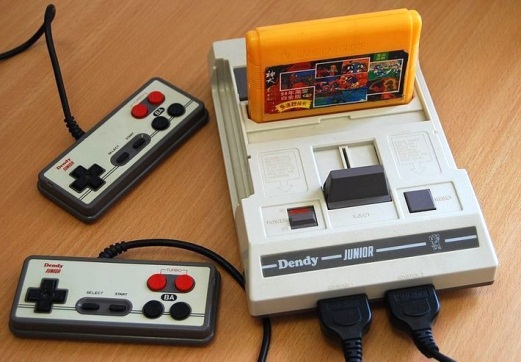
Until the mid-nineties, the market was divided into three price segments: budget Dendy and clones, mid-price Sega (Genesis or Megadrive) and expensive Super Nintendo. Player units possessed 32-bit consoles, which can be attributed to the conditional luxury segment. The most famous representative of this category was Panasonic 3DO, which uses CD as a medium. The balance of power changed dramatically in 1994, when the Japanese Sony entered the world market, presenting their vision of console entertainment. In Russia, a new set-top box, called Sony PlayStation, began to gain popularity in 1997-1998, when the folk "craftsmen" launched a mass production of pirated versions of games, and a gradually stabilizing economic situation allowed gamers to actively acquire the consoles themselves.

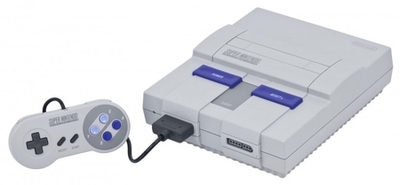

Competitors have taken several relatively successful steps in an attempt to change Sony's virtually monopoly position in the console market. However, the rapid start of some competing consoles (primarily Sega Dreamcast) was followed by stagnation and withdrawal from the market. Most often this was due to the small library of games (compared to the giant Sony collection) and the high price in retail.
The turning point of the situation occurred in 2001, when the software giant Microsoft, which introduced the Xbox console, entered the console entertainment market. With the support of many leading game developers, as well as releasing exclusive hit projects (HALO, Gears of War), Microsoft was able to make Sony a worthy competition in the global market. Nevertheless, in Russia, the primacy of the Japanese console remained undeniable. Sony PlayStation 2 was released in 2000: in Russia, the launch was supported by substantial advertising budgets and the release of games in Russian. However, you need to take into account the fact that until the mid-2000s, almost all games for Sony consoles in Russia were pirated products. The much higher price of licensed games and a wide range of counterfeit products played a significant role in capturing the dominant market share by the Japanese manufacturer of game consoles.

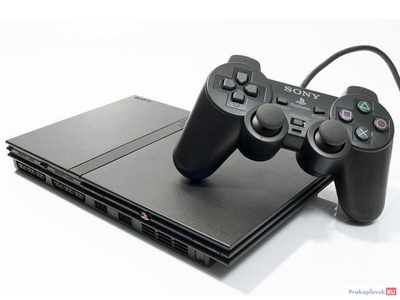
The next stage of the struggle for the consumer is from 2005 to 2007, when the main participants in the console market released new generations of their devices. In the spring of 2007, Nintendo re-entered the Russian market, introducing its unusual Wii solution, launched the Sony PlayStation 3 in March, and launched official Russian sales of the Xbox 360 in December 2007. In 2012, the Wii U prefix appeared on the Russian market, and a year later - Sony Playstation 4 and its main competitor, Xbox One. Now almost the entire Russian market is occupied by the PlayStation 3, and only an insignificant part belongs to the Xbox 360 and Nintendo Wii.
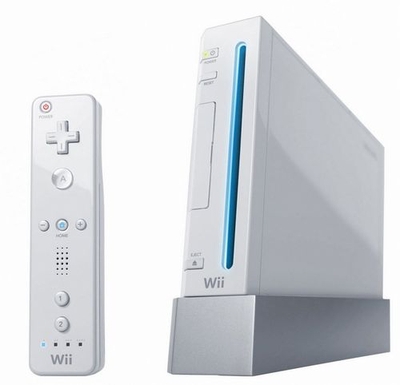
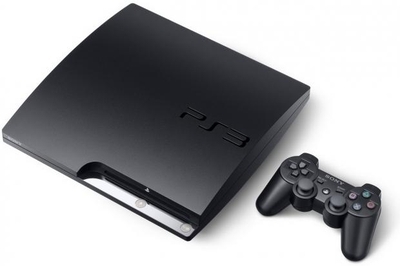
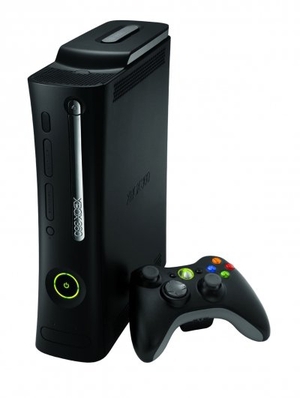
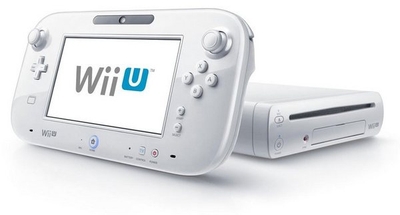
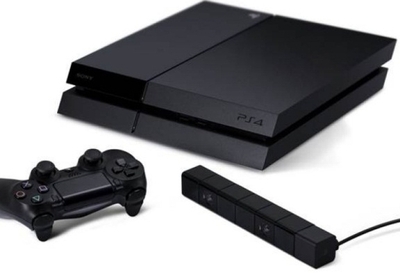
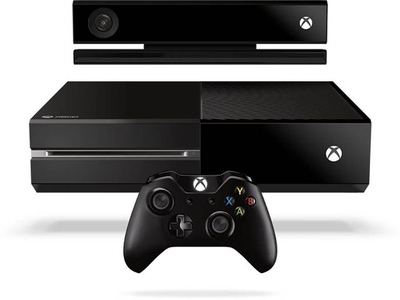
Standing alone in the console entertainment market are mobile (portable) gaming devices that have been booming since the mid-2000s. The leaders in this market, as well as in the market of "large" consoles, were Japanese products manufactured by Nintendo and Sony - Nintendo DS (later DSi and 3DS) and PlayStation Portable. At the same time, the PSP significantly exceeds the competing Nintendo device in popularity in Russia.
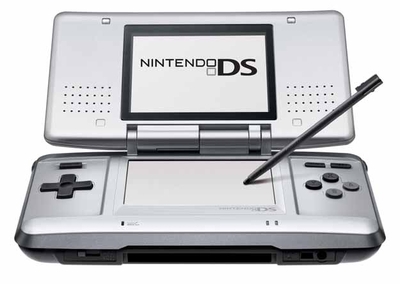
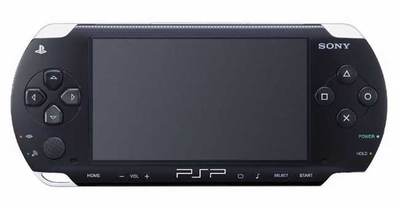
Multiplayer Game Development
Computer games, where participants were invited to fight not only against artificial intelligence, but also with a lively opponent, have existed for a long time - almost from the moment the first game programs appeared in the middle of the 20th century. However, as a rule, the number of participants was limited and rarely exceeded the number of computers in the local network (this type of multiplayer games is called “network”). In such networks (primarily university), MUD (multi-user dungeon) was born - in fact, one of the first multiplayer games. Most often, such games were created on the basis of Dungeons & Dragons, and had a clear fantasy orientation (in Russia, the MUD representatives were the games Adamant, Mir Merlin and others).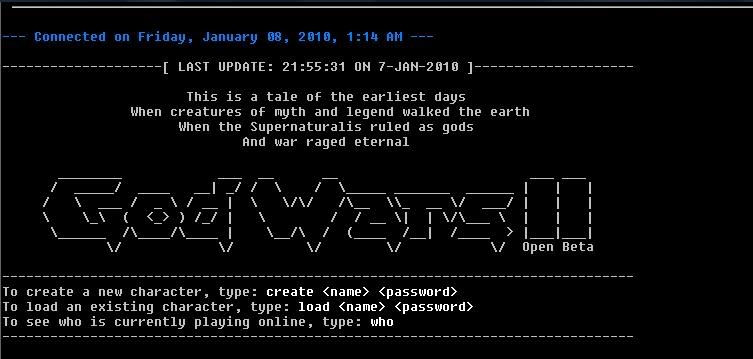
In addition, it is worth mentioning games based on the principle of play by email (PBEM), which were classic games "by correspondence", but using email (projects Galaxy Plus, Atlantis, VGA Planets, etc.). The growth and decline in the popularity of such collective game methods correlated with the penetration of the Internet in Russia. A kind of alternative to the Internet in the 1990s was the free FidoNet network (only a PC and modem were required - there was no monthly fee). The highest point of popularity for FidoNet was 1996-1997. Around the same time, a relatively widespread use of relatively inexpensive dial-up access began, which positively affected the growth dynamics of Internet penetration.

The turning point for the entire market, including the Russian segment, was the emergence of the gaming universe Ultima Online (UO), which was created by Origin Systems on the basis of a large number of single-player games in the Ultima series. Thus, the starting point can be taken in 1997, when players around the world became available game servers ("shards") Ultima Online. Interest is supported by periodically emerging additions that expand the game world. So, in 2010, add-on Adventures on the High Seas was released. However, it is important to note that officially UO has never entered the domestic market. The vast majority of players used free pirated servers, and the share of users of the licensed version of the game with a monthly subscription fee was at the level of statistical error.
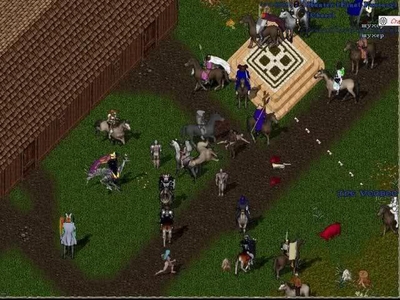
Other iconic projects that gained wide popularity in Russia were Korean Ragnarok Online, Lineage II (in Russia it is most often called the “Line”, and the scenario of its popularity in our country repeated the story of Ultima Online), Eve Online and World of Warcraft (WoW) . The latter is one of the most popular multiplayer games (about 10 million subscribers, according to Activision Blizzard).
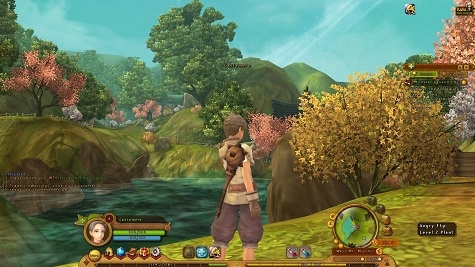
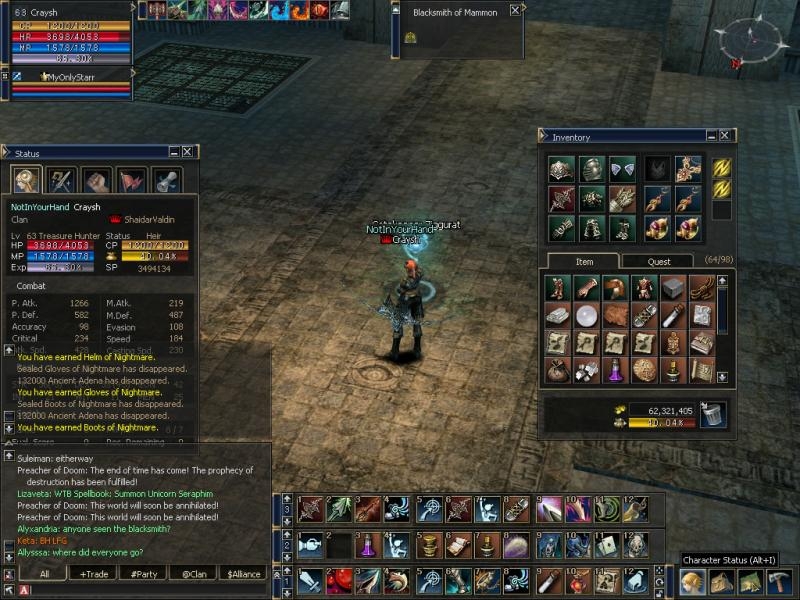


In Russia, the explosive growth in popularity of multiplayer games began with the advent of the new millennium. The first significant project in the country was the Fight Club, officially launched in the spring of 2002. According to the creators themselves, in fact, the project became the first browser-based game of this type in the world and, just as importantly, the first game to demonstrate a way to earn serious money. The very idea of monetization, which is noteworthy, did not come from the owners of the game, but from users. The project administrators were approached by players who suggested creating special game accessories for a certain amount, as well as “pumping” (increasing characteristics) characters. Later this initiative was continued in the form of an auction. The Fight Club project has become an important milestone in the formation of the market also because many of those
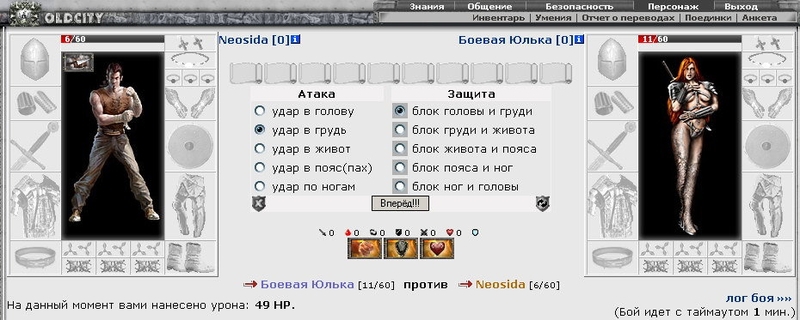
The first domestic client MMO game was Sphere, released by NIKITA ONLINE in 2003 in conjunction with 1C. In 2004, this game was recognized as the best multiplayer game at the Gameland Awards, and in 2005 the continuation of "Sphere: World of the Chosen" was awarded the same title.
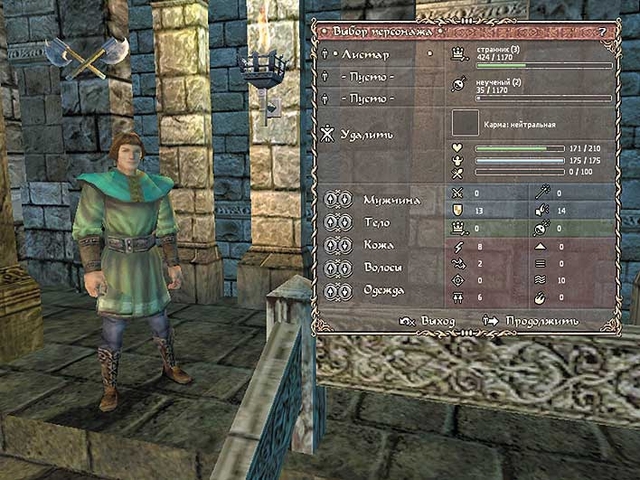
In 2006, IT Territory Studio launched the game Legend: Legacy of the Dragons. The game quickly gained popularity: from 2007 to 2011, “Legend” was one of the ten leaders of the popular vote of the Runet Prize, and in 2010 and 2011 led this hit parade (in 2011 - along with World of Tanks, which will be discussed later) ) In addition, the project was successful not only in Russia - in 2008 the game was released in the UK and Germany, and in 2009 "Legend" entered the PRC market. At the moment, the game has also been launched in Poland, Turkey, Spain, Italy, France, and the number of users registered in the game exceeds 8 million people around the world.
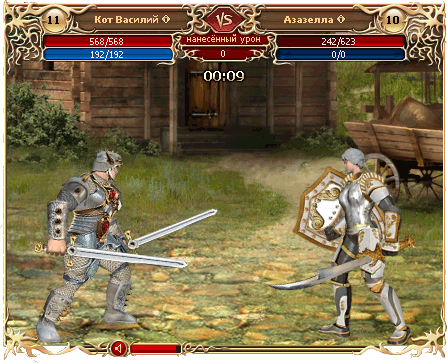
The IT Territory studio itself at the end of 2007 merged with Astrum Nival (formerly Nival Online) and Time Zero, forming the Astrum Online Entertainment holding. In 2008, DJ Games entered the holding. In 2009, the holding merged with Mail.Ru Group (after the acquisition of 100% of the shares of Mail.Ru Group), as a result of which the gaming division of Mail.Ru Group was formed. In the same year, open beta testing of the first game project developed by Mail.Ru Group, Allods Online, began. In October 2010, the project officially launched. At the moment, about 9 million registered users in the world are recorded. The Allods universe itself was first introduced to the gaming community in the late 90s. Successful Allods: Seal of Mystery and Allods 2: Lord of Souls were also released with a minimal gap.

Another outstanding game project in the domestic market is Perfect World (over 7 million registrations), developed in China (the publisher and operator in Russia is Mail.Ru Group). This RPG is characterized by greater socialization: for example, in PW, you can enter in-game marriages between participants. No less significant for the MMO games industry was the release of the game World of Tanks (among users - “Tanchiki”). The project is developed and developed by Wargaming studio. The game quickly gained popularity and became one of the fastest growing projects on the market. One of the achievements (the maximum number of players online on one server is 190541) fell into the Guinness Book of Records.
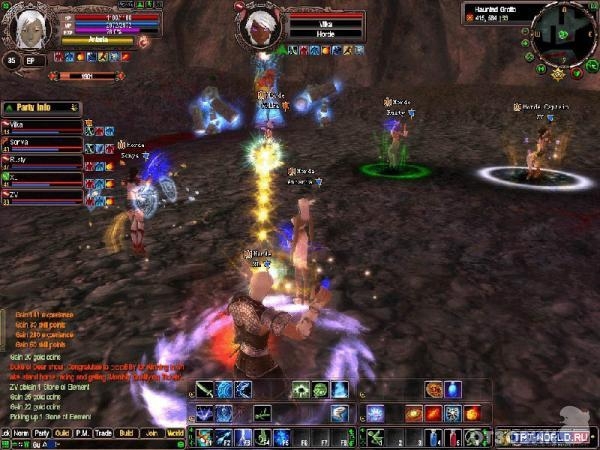

It is worth noting that the appearance of this game made it possible to attract many users to online games, who had previously been scared off by seemingly difficult fantasy settings and the need to play for a long time. World of Tanks offered a session type of game that made the gameplay more casual and, therefore, in demand among the average user. In 2012, the Warface online shooter was launched on the market. It was developed by the Ukrainian studio of the German company Crytek and published by Mail.Ru Group in the spring of 2012. The game is positioned as an online AAA class shooter, and over two million registrations were recorded in the game over two months.

